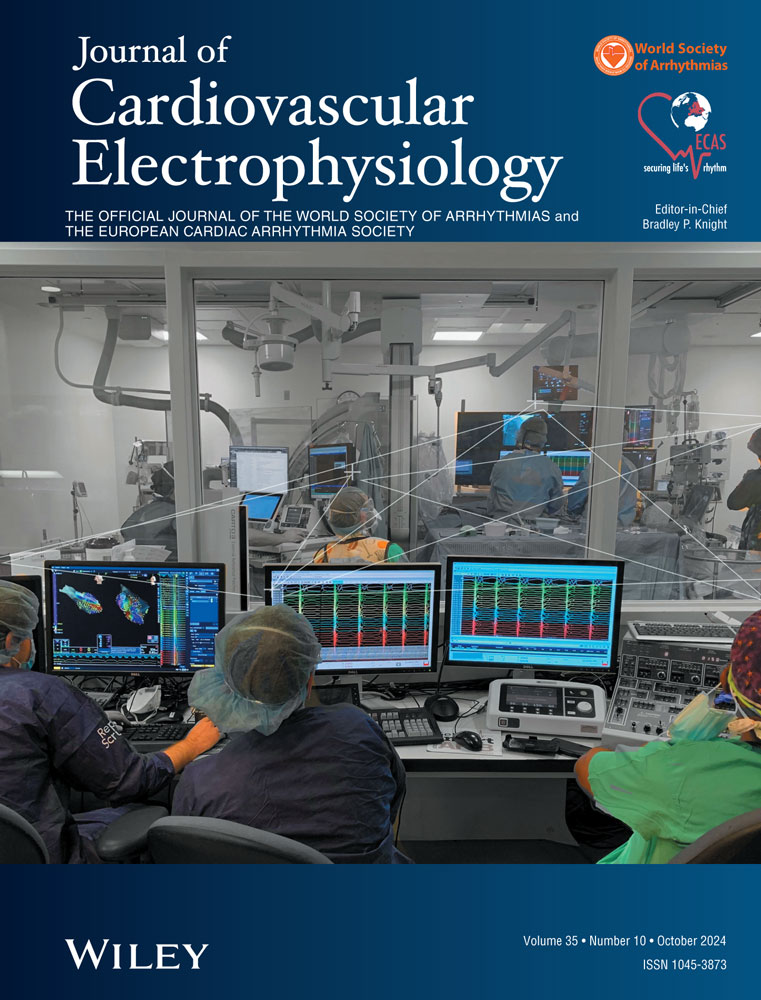Automatic identification of ablation targets in persistent atrial fibrillation: Initial experience with a new mapping tool
Preliminary results of this study have been presented at AF symposium 2022, Japanese Heart Rhythm 2022, Signal Summit 2022, and EHRA/Europace 2023.
Disclosures: Dr. Decebal Gabriel Lațcu received travel support and speaking honoraria from Boston Scientific. Chloe Lerebours, Sofia Milanese, Silvia Canepa, Amanda Kingston, and Marianna Meo were/are employees of Boston Scientific.
Abstract
Introduction
Strategies beyond pulmonary vein isolation (PVI) in persistent atrial fibrillation (persAF) are debated. A novel mapping tool provides algorithmic detection of ablation targets based on electrogram (EGM) properties specific to stable localized rotational activations.
Methods
The mapping tool was used on 31 patients (20 de novo). The algorithm was used to optimize PVI line placement and guide additional ablations. Targets were detected by calculating local cycle length (L-CL) and local spread of activation within that L-CL (Duty Cycle; DC) for EGMs with consistent morphology and activation. At least two left atrial (LA) maps (pre-PVI and post-PVI) were acquired in atrial fibrillation (AF) in all patients (except those with AF termination during PVI). Extra-pulmonary vein (PV) targets were compared between the two LA maps in each patient. Follow-up included Holter monitoring every 3 months.
Results
Patients had a median of 3 extra-PV drivers/targets. The majority (81%) were localized in the same areas between the two LA maps. All patients had progressive AF organization demonstrated by global activation slowing: histogram peak L-CL increased from 162 to 171 ms (post-PVI; p = .0003) than to 175 ms (posttarget ablation; p = .04). Moreover, L-CL dispersion was reduced by ablation; in 50% their values tended to cluster around two dominant cycles. In de novo patients AF terminated to sinus rhythm or atrial tachycardia (AT) within 48 h postprocedure in 88% of cases, and at 18 months mean follow-up recurrence occurred in only five (25%) patients (three persAF, two AT). There were no complications.
Conclusion
The algorithmic detection of EGMs consistent with localized reentry during sequential mapping of persAF provided reproducible targets for ablation. This allowed personalized PVI and limited, highly-selective, extra-PV ablation. Results of this initial experience included progressive organization of AF with ablation and a low recurrence rate after a single procedure.
Open Research
DATA AVAILABILITY STATEMENT
The data that support the findings of this study are available from the corresponding author upon reasonable request.




